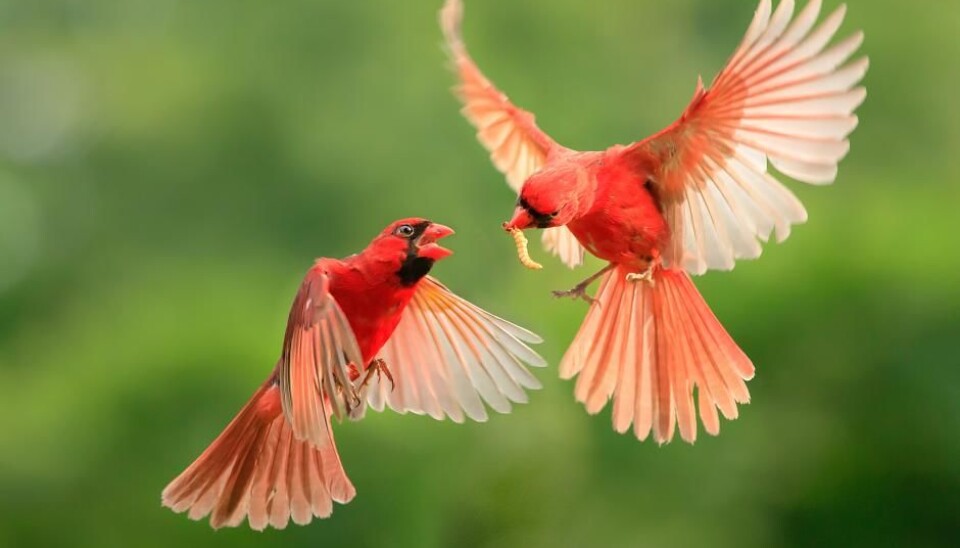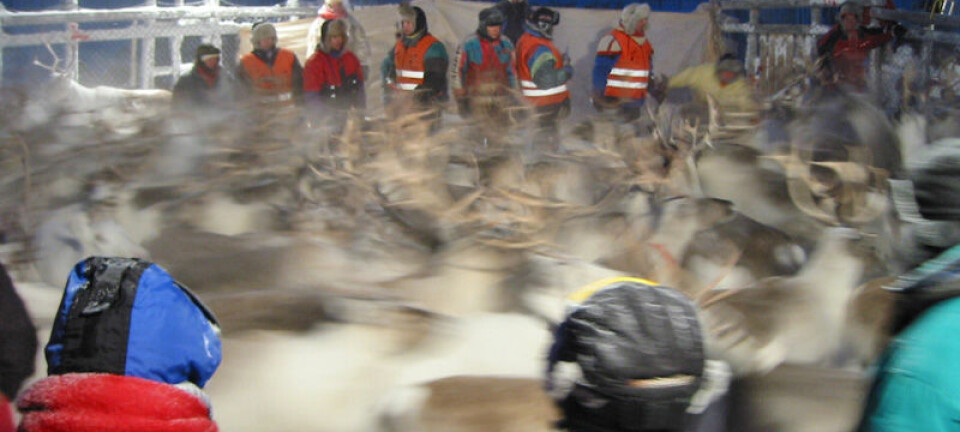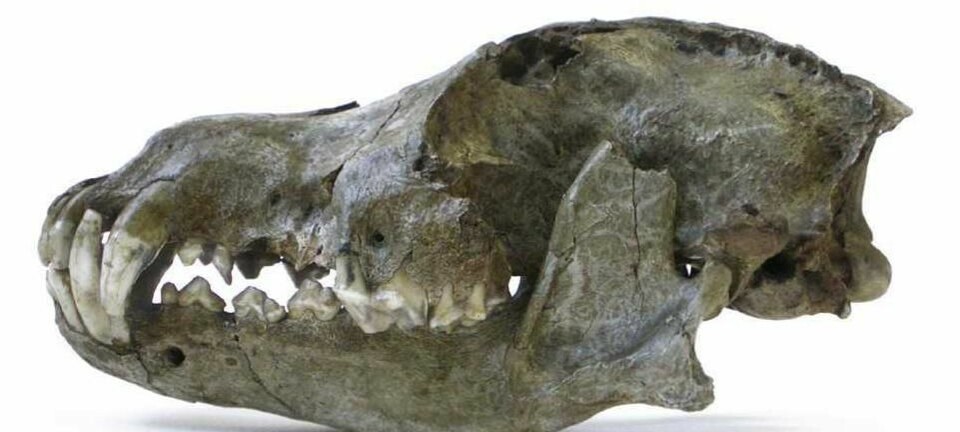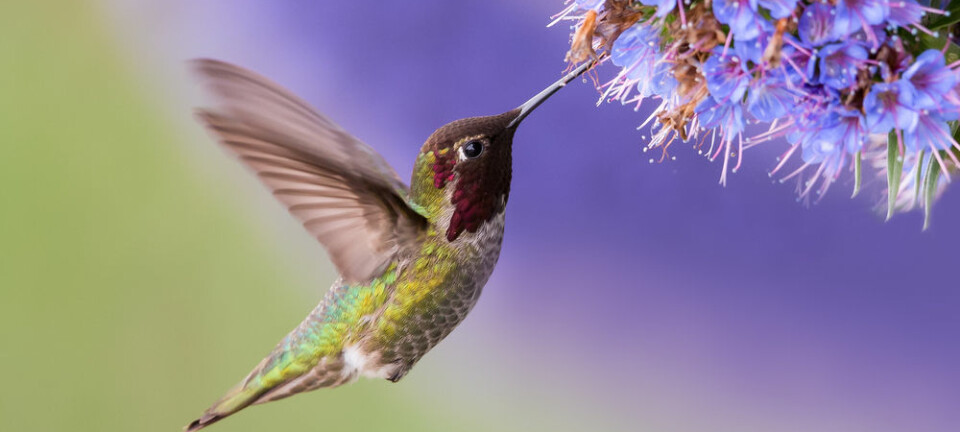
Scientists embark on the world’s largest genome project
Scientists hope to develop a complete family tree of our feathered friends by mapping the genome of every single living species of bird on the planet.
Ten years ago Tom Gilbert from the Museum of Natural History, at the University of Copenhagen, Denmark, came up with the idea for a new project. Unbeknown to him at the time, it would turn into the world’s largest comparative DNA study.
The Bird 10k Project or B10K for short was launched in 2015 with an ambitious goal: to map the genomes of all of the 10,000 bird species alive in the world today, in just five years.
“It’s only now possible to map so many genomes and there’s no other genome project in the world that can compare with ours,” says Goujie Zhang, from the Biological Institute, University of Copenhagen, who is leading the project alongside Gilbert.
Genomes open the door to ‘the promised land’
When the project is complete, Gilbert and Zhang hope to have a complete overview of the birds’ genetic 'blueprints' that will reveal evolutionary mechanisms right down to individual genes. This will tell them how genomes develop and adapt, and can potentially open up numerous avenues of research in the future.
“We’ll open the door to ‘the promised land’,” says team member Carsten Rahbek, from the Natural History Museum, University of Copenhagen.
“It will be an exploration into what we can do and what questions we can find answers to,” he says.
From a single pigeon to all birds
The project started with a simple question: Where do pigeons come from?
To find out, Gilbert enlisted the help of Zhang to map the pigeon’s genome. And in 2014, they enlisted the help of other scientists to map the genome of 48 other birds.
As they collected their data, they made it available online. This allowed scientists from all over the world to access it and together they have now published 28 scientific articles using these data. Seven of which are published in a special issue of the journal Science.
But this was just the beginning.
“We have spent thousands of hours building up an enormous network of collectors, museums, and scientists, and so we thought, why stop here?” says Gilbert.
“Let’s find all the genomes and see if we can crack the big questions regarding bird ancestry for example, which have so far have had no solutions,” he says.
Genes can solve centuries old mysteries
In evolutionary terms, birds appeared very quickly as a species. It was a sort of evolutionary 'Big Bang' and it happened so quickly that scientists cannot figure out exactly what happened using traditional methods. Many questions remain, such as, which species came first and how did the family tree form?
But the scientists now hope to start building this family tree with the help of the new genome data.
"You need to have a family tree to understand what really drives the development [of birds]," says Jon Fjeldså, a professor and curator of birds at the Natural History Museum, University of Copenhagen.
We need to know which species came first and understand the steps from then to now and decode, how the different characteristics and genes developed.
Genes reveal success and failure of species
The genomes will also help to explain why some species have coped better than others during the course of their history.
Take the case of the South American bird the ‘Hoatzin’--the only surviving member of a relic species that dates back to the time of the dinosaurs, and which has given scientists headaches for decades.
Hoatzin young start life with claws on their wings and are poor fliers. But why did they fare so poorly in comparison to many of their contemporaries?
Scientists hope to find out with the help of DNA.
“When the 'Big Bang' starts at the same time, it’s a fantastic starting point to see why some birds become successful, while others only just survived,” says Fjeldså.
------------------
Read the Danish version of this article on Videnskab.dk
Translated by: Catherine Jex









